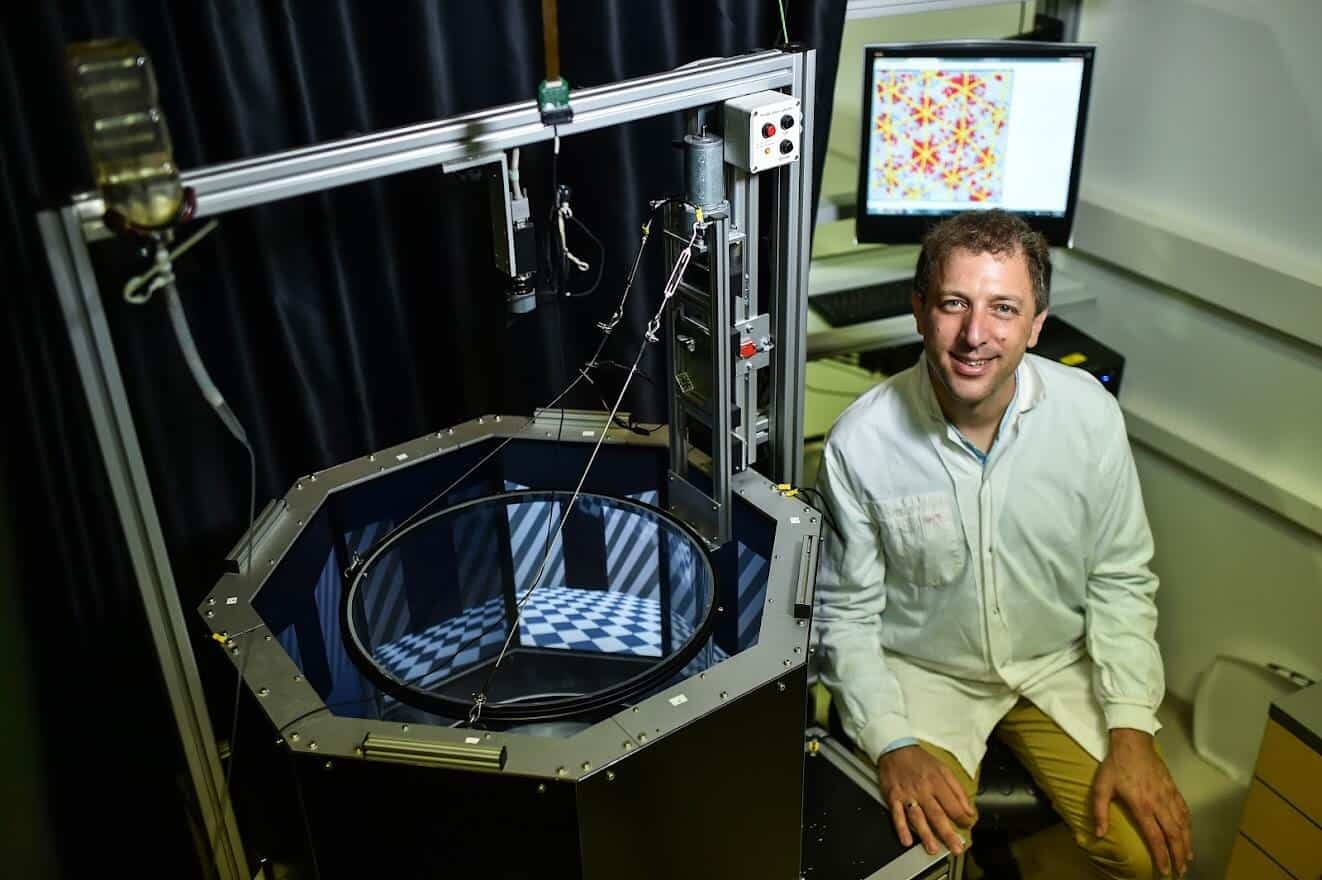An international study with the participation of researchers from the Technion and the Hebrew University won the prestigious ERC Synergy Grant

How does the brain create a territorial perception of a place based on a combination of information about the geometry of the space with information about social factors? An international study on this topic earned its participants the prestigious ERC Synergy Grant. The researchers are Prof. Dori Dardikman from the Rappaport Faculty of Medicine at the Technion, Dr. David Omer from the Safra Center for Neuroscience at the Hebrew University and Prof. Angela Sirigo from the French National Center for Scientific Research (CNRS).
Human migration from Africa began about 70 thousand years ago. This historical journey of our ancestors to new territories was aided by brain mechanisms that enabled spatial navigation abilities and social cooperation. Later, with the invention of agriculture, the settlement of humans in different places laid the foundations for the current idea of a territory - a piece of land that we claim ownership of and defend against others. Territorial behavior did not decline during human evolution; On the contrary, it deeply affects our lives in shaping the perception of place and dividing it into ownership areas - a mental action that we do as individuals, as groups and as nations.
The goal of the innovative research is to understand the brain mechanisms that allow us to integrate brain representations of geometric space together with brain representations of social hierarchies. From this it is already known about the existence of neural networks for memory processing and spatial perception, which enable perception of place ("place cells"). These networks help us process the geometry of space (distances, boundaries and landmarks), and are located in the brain area called Hippocampus; When it comes to navigating our social environment, our brains tend to delimit the space into areas of social significance. How does the brain process geometry and these social factors together, to create a territorial perception?
According to the hypothesis of the interdisciplinary and international research team, this brain process is controlled by the oxytocin system. Oxytocin is a tiny molecule produced in nerve cells in the brain; It serves as a neurotransmitter and is known to increase social activity in mammals. Recently it became clear that it affects brain activity in the hippocampus as well, but its potential role in territorial perception has not been investigated until now.
The research team includes experts in complementary fields of neuroscience - social behavior, spatial navigation, neurophysiology, brain anatomy and intercellular communication in the brain. The team will investigate the similarities and differences in the ways in which neural circuits in the hippocampus operate in five species of mammals characterized by very different behaviors from each other. The comparative perspective will for the first time provide insights into the neural circuits in the brain involved in the territorial behavior of mammals, including humans.

How does the brain create a territorial perception of a place based on a combination of information about the geometry of the space with information about social factors? An international study on this topic earned its participants the prestigious ERC Synergy Grant. The researchers are Prof. Dori Dardikman from the Rappaport Faculty of Medicine at the Technion, Dr. David Omer from the Safra Center for Neuroscience at the Hebrew University and Prof. Angela Sirigo from the French National Center for Scientific Research (CNRS).
Human migration from Africa began about 70 thousand years ago. This historical journey of our ancestors to new territories was aided by brain mechanisms that enabled spatial navigation abilities and social cooperation. Later, with the invention of agriculture, the settlement of humans in different places laid the foundations for the current idea of a territory - a piece of land that we claim ownership of and defend against others. Territorial behavior did not decline during human evolution; On the contrary, it deeply affects our lives in shaping the perception of place and dividing it into ownership areas - a mental action that we do as individuals, as groups and as nations.
The goal of the innovative research is to understand the brain mechanisms that allow us to integrate brain representations of geometric space together with brain representations of social hierarchies. From this it is already known about the existence of neural networks for memory processing and spatial perception, which enable perception of place ("place cells"). These networks help us process the geometry of space (distances, boundaries and landmarks), and are located in the brain area called Hippocampus; When it comes to navigating our social environment, our brains tend to delimit the space into areas of social significance. How does the brain process geometry and these social factors together, to create a territorial perception?
According to the hypothesis of the interdisciplinary and international research team, this brain process is controlled by the oxytocin system. Oxytocin is a tiny molecule produced in nerve cells in the brain; It serves as a neurotransmitter and is known to increase social activity in mammals. Recently it became clear that it affects brain activity in the hippocampus as well, but its potential role in territorial perception has not been investigated until now.
The research team includes experts in complementary fields of neuroscience - social behavior, spatial navigation, neurophysiology, brain anatomy and intercellular communication in the brain. The team will investigate the similarities and differences in the ways in which neural circuits in the hippocampus operate in five species of mammals characterized by very different behaviors from each other. The comparative perspective will for the first time provide insights into the neural circuits in the brain involved in the territorial behavior of mammals, including humans.

